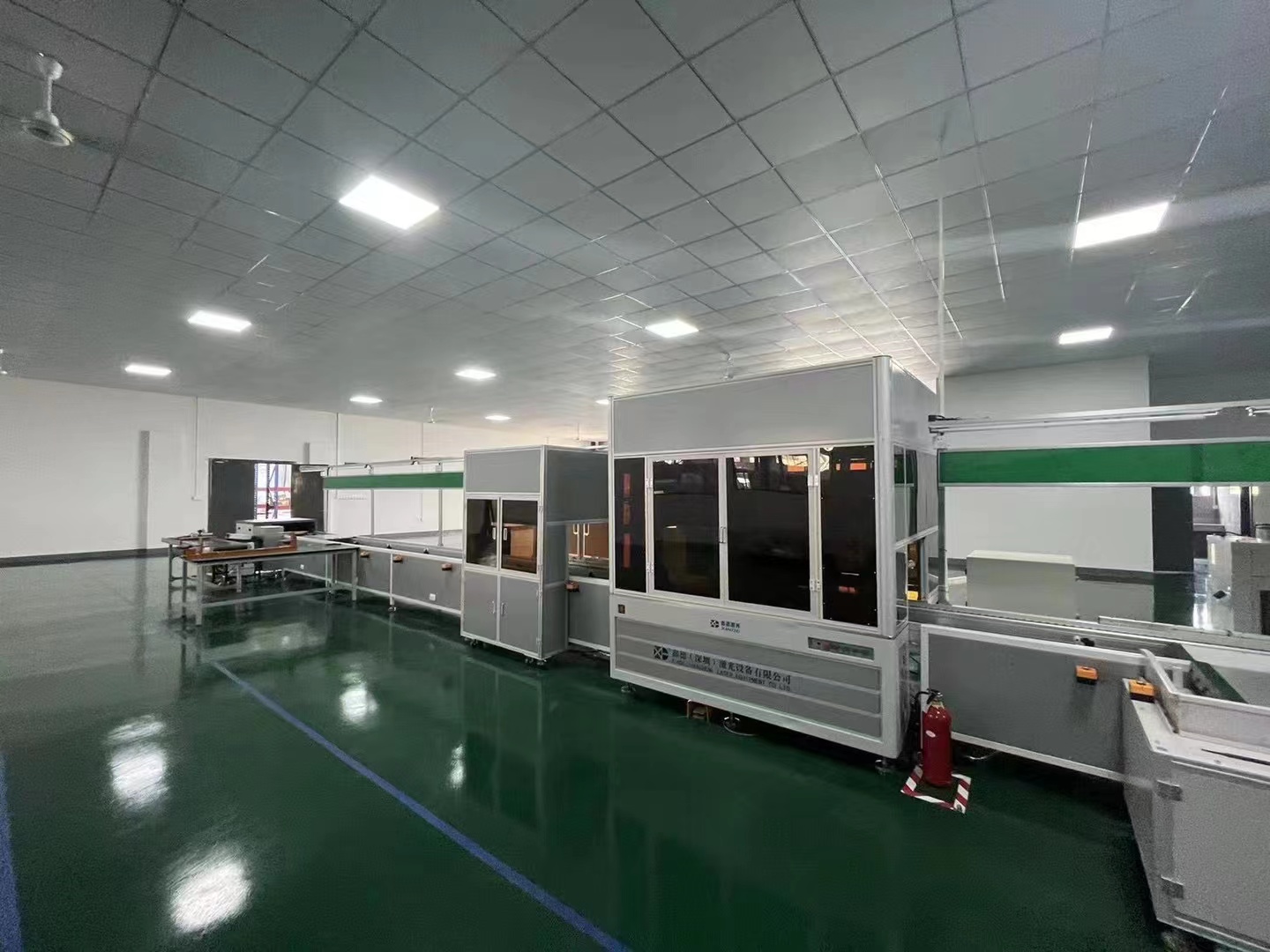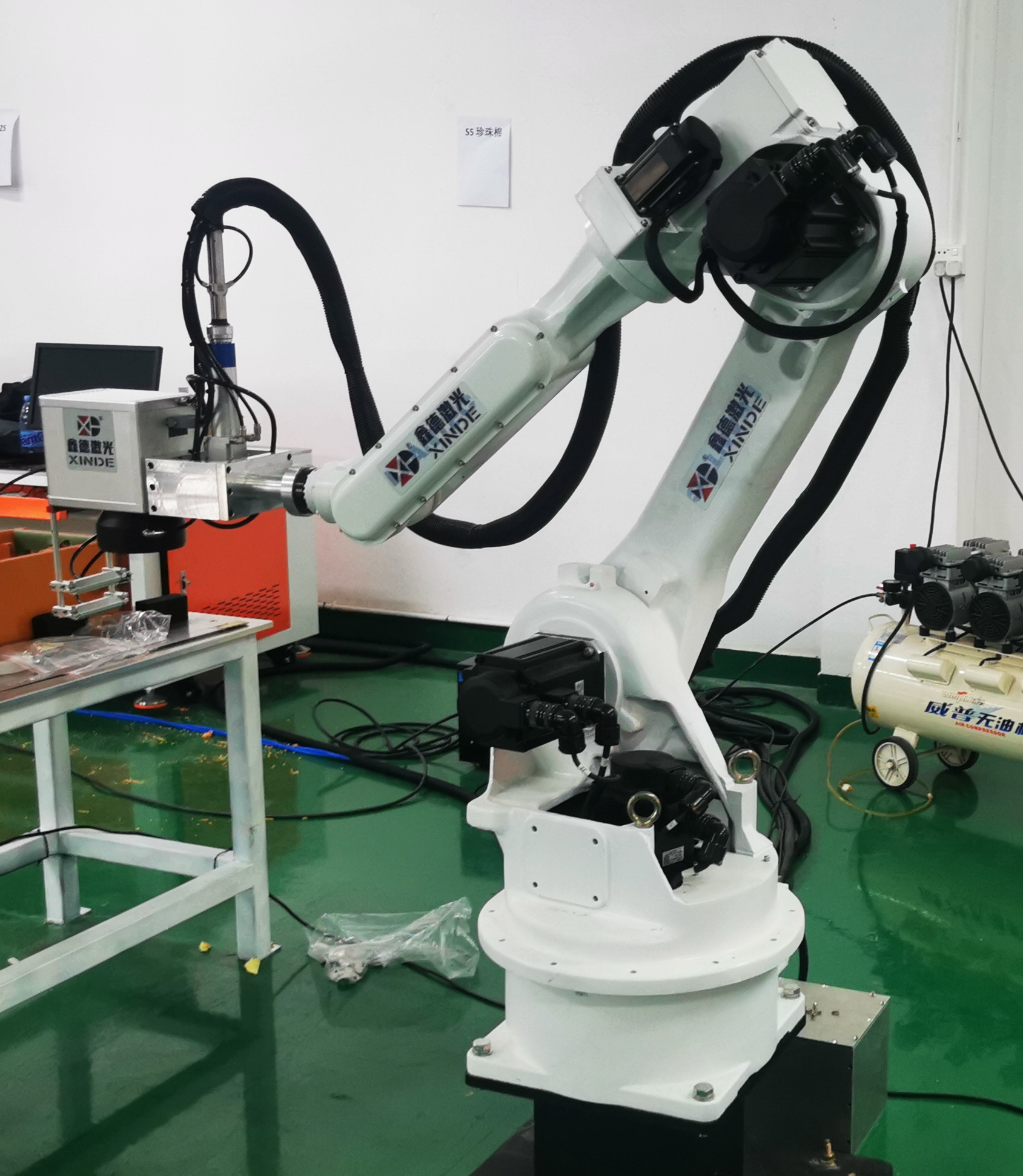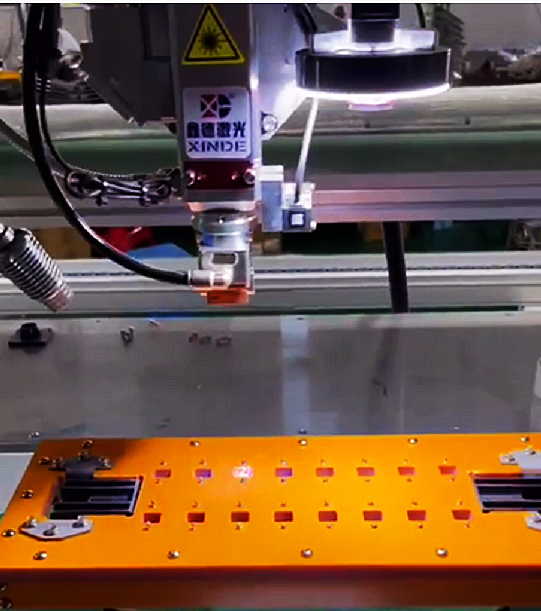New energy PACK whole line solution provider
Do you know the common simple terms of welding process?
Do you know the common simple terms of welding process?
Welding, also known as fusion, is a kind of heat, high temperature or high pressure to join metal or other thermoplastic materials (such as plastics) manufacturing process and technology.
The earliest modern welding technology appeared at the end of the 19th century, so the welding process is also a conventional technology of structural molding, is widely used in all walks of life. today Let's take a look at some common and simple terms for welding.
What are the parameters that represent the fillet weld geometry?
Fillet welds can be divided into two types according to their appearance: convex fillet welds and concave fillet welds:
The foot is like the bearing foot of the weldment in the cross section of the fillet weld. The minimum distance from the toe of one weldment to the surface of another is called the foot. The weld foot value determines the bonding strength of the two welds, which is the most important parameter. The maximum distance between the toe line and the weld surface in the section of a convex fillet weld. The maximum distance between the weld toe line and the weld surface in the cross section of a concave fillet weld.
Represents the butt weld geometry parameters
Weld width: The distance between two weld toes in a single weld cross section is called the weld width. Residual height: refers to the height of the metal part of the weld on the surface of the weld that is higher than the welding toe connection, called residual height. Residual height increases the cross section of the weld and improves the bearing capacity, but causes stress to concentrate at the weld toe. In order to ensure the strength, it is usually required that the weld metal cannot be lower than the base metal, and its height will increase with the increase of the thickness of the base metal, but the maximum value should not exceed 3mm. The depth at which the base metal melts on the cross section of the welded joint is called the depth of penetration. A certain penetration value can ensure the bonding strength between the weld and the base metal. After fixing the filler metal material (electrode or wire), the depth of penetration determines the chemical properties of the weld. Different welding methods require different penetration values. For example, in surfacing, in order to maintain the hardness of the surfacing layer and reduce the dilution of the base metal on the weld, a smaller penetration depth is required on the premise of ensuring the penetration depth.
Recommended reading
- 2023-06-01Square shell lithium battery module pack production line: ideal choice for achieving efficient production and high-quality products
- 2023-01-02Why is automatic laser welding machine so popular
 2022-12-29Definition and function characteristics of lithium battery automation pipeline
2022-12-29Definition and function characteristics of lithium battery automation pipeline 2022-12-27Welding manipulator will lead the future of welding automation
2022-12-27Welding manipulator will lead the future of welding automation 2022-12-24What factors are related to laser welding quality
2022-12-24What factors are related to laser welding quality

-
Inquire
- Mobile
- Mobile177-2247-7738
- Tiktok
- Video
- Top



